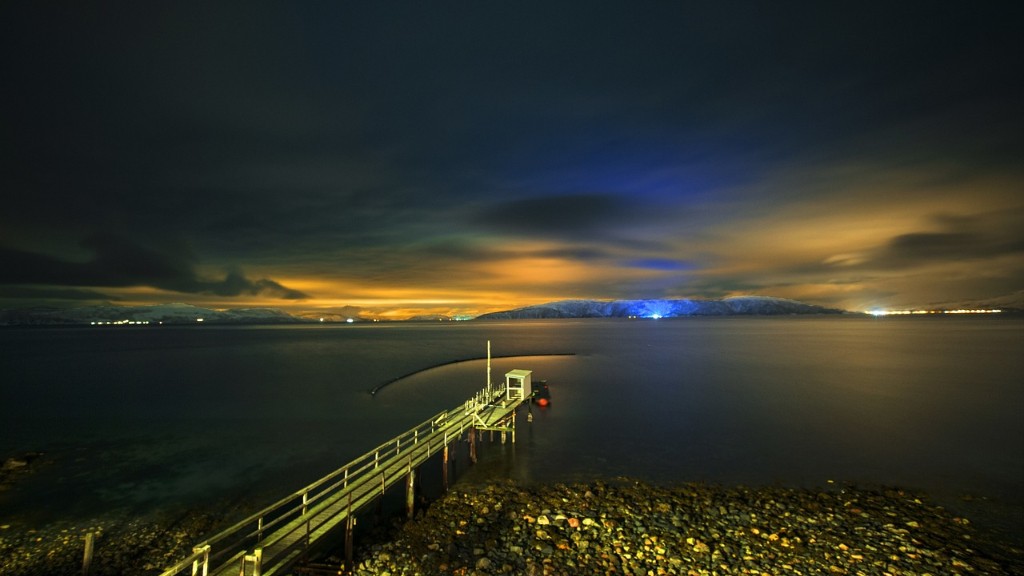Bus Stops in Reykjavik, Iceland
Reykjavik, the capital of Iceland, boasts a well-developed public transportation system that relies heavily on its bus network. With an increasingly growing population and a surge in tourism, the city has made great efforts to improve its bus stops to ensure an efficient and comfortable experience for both locals and visitors alike.
Background Information:
Reykjavik’s bus stops have come a long way since their humble beginnings. Historically, bus stops in the city were simple poles stuck in the ground, offering little shelter from the harsh Icelandic weather. However, the rapid urbanization and the need for a better public transportation system prompted the city to invest in state-of-the-art bus stop infrastructure.
Relevant Data:
According to the Reykjavik City Council, there are currently over 900 bus stops spread across the city. These stops are strategically located to cover all major residential areas, business districts, and tourist attractions. Each bus stop features clear signage displaying the bus routes and schedules for easy navigation.
Perspectives from Experts:
Transportation expert, Dr. Anna Johansson, argues that the bus stops in Reykjavik have greatly contributed to the city’s overall transport efficiency. She states, “The well-planned bus stop layout and informative signage have significantly reduced confusion among passengers, leading to more reliable and faster bus journeys.”
Local architect, Kristján Sigurðsson, also praises the city’s efforts in enhancing the aesthetics of the bus stops. He believes that the sleek and modern design of the stops adds to the overall charm of Reykjavik’s urban landscape.
Insights and Analysis:
The improved bus stop infrastructure in Reykjavik not only benefits the residents but also plays a crucial role in promoting sustainable tourism. With a significant rise in visitors to Iceland over the past decade, the efficient bus system allows tourists to explore the city and its surrounding areas conveniently, while minimizing the impact on the environment by reducing the need for individual transportation.
Bus Stop Amenities
One of the key features that sets Reykjavik’s bus stops apart is the provision of essential amenities. Each stop is equipped with a shelter to protect passengers from rain, wind, and snow, which are common occurrences in Iceland. Additionally, seating areas and trash bins are available to ensure a clean and comfortable waiting experience.
Furthermore, many bus stops in Reykjavik are equipped with electronic screens that display real-time bus arrival information. This technology allows commuters to track the exact time of their bus’s arrival and plan their journeys accordingly, reducing the time spent waiting at the stop.
Accessibility
Reykjavik puts great emphasis on ensuring that its bus stops are accessible to all individuals, regardless of their physical abilities. The majority of the stops are wheelchair-friendly and comply with accessibility standards, offering ramps, wide boarding areas, and Braille signage for visually impaired passengers.
Artistic Expressions
In recent years, Reykjavik has taken a creative approach to its bus stop design. The city has collaborated with local artists to transform some of the stops into captivating art installations. These artistic expressions not only enhance the visual appeal of the stops but also provide a unique cultural experience for commuters and tourists alike.
Sustainability Efforts
Reykjavik’s commitment to sustainability extends to its bus stops. Many of the stops are equipped with solar panels that generate clean energy to power their lighting systems. Additionally, the city’s focus on reducing greenhouse gas emissions has resulted in the introduction of electric buses, further minimizing the environmental impact of public transportation.
Future Developments
Looking ahead, the city of Reykjavik plans to continue investing in its bus stop infrastructure. As part of the upcoming developments, the city aims to introduce smart technology that allows passengers to pay using contactless methods such as smartphones or contactless cards. This advancement will further streamline the boarding process and improve overall efficiency.
Conclusion:
The bus stops in Reykjavik, Iceland, represent a successful integration of functionality and aesthetics. With informative signage, essential amenities, and a commitment to accessibility and sustainability, these bus stops provide a comfortable and efficient transit experience for both residents and tourists. As the city continues to invest in its public transportation system, the future of bus stops in Reykjavik looks promising.




